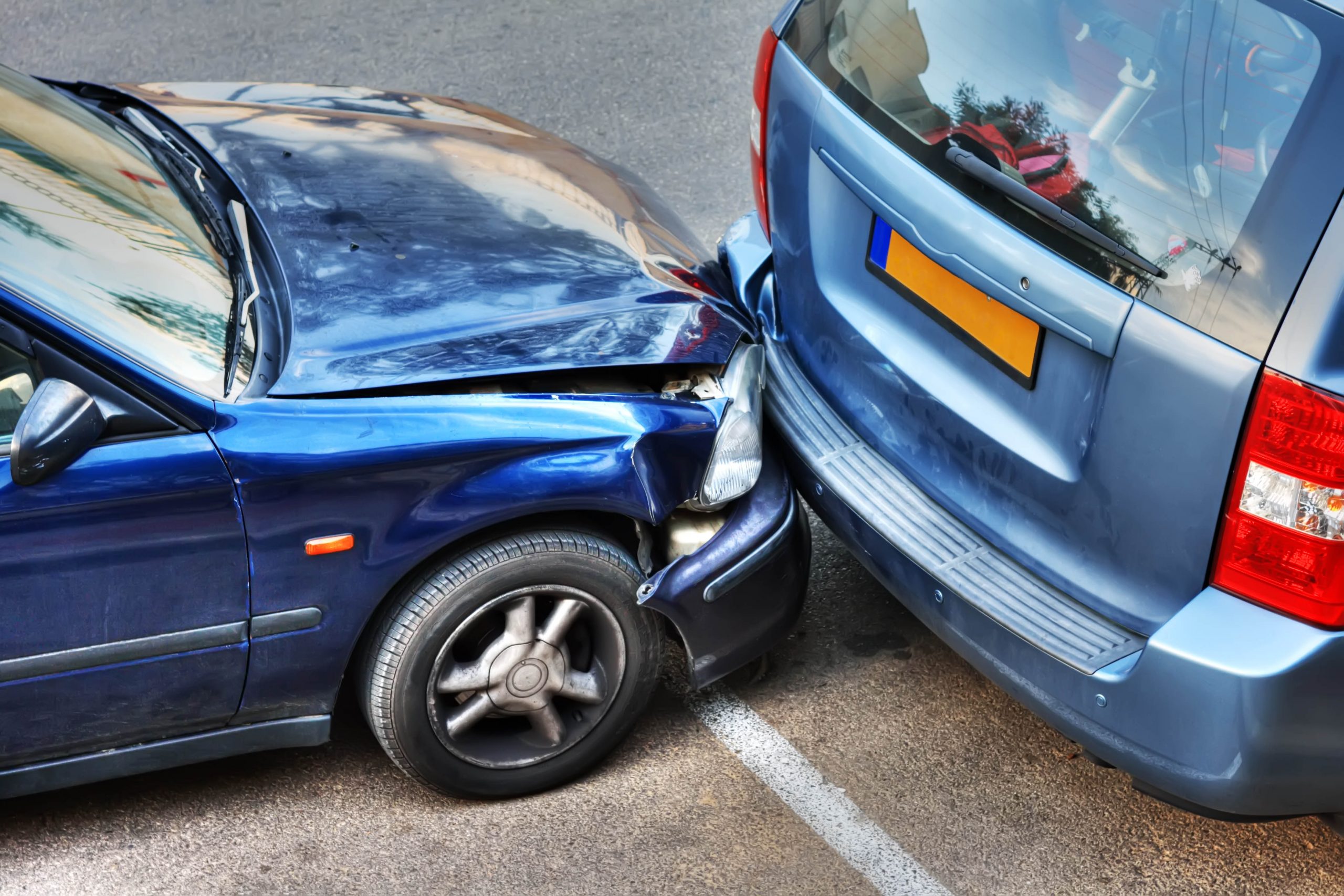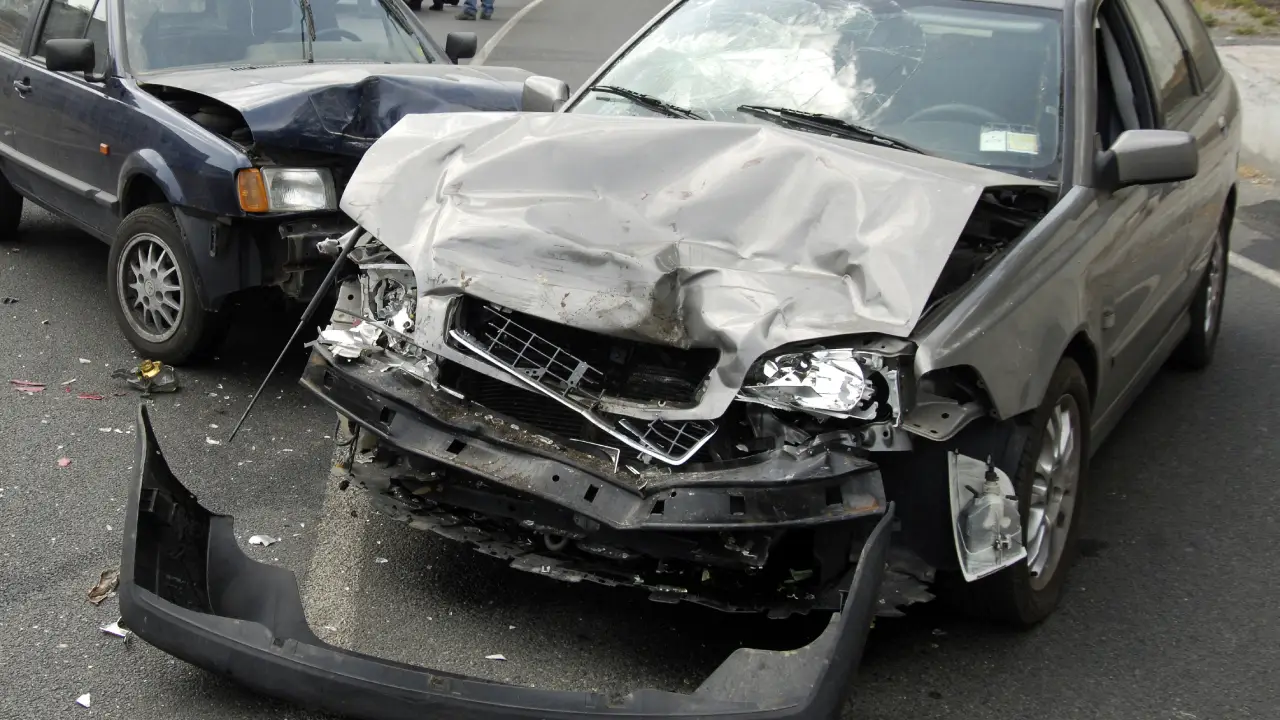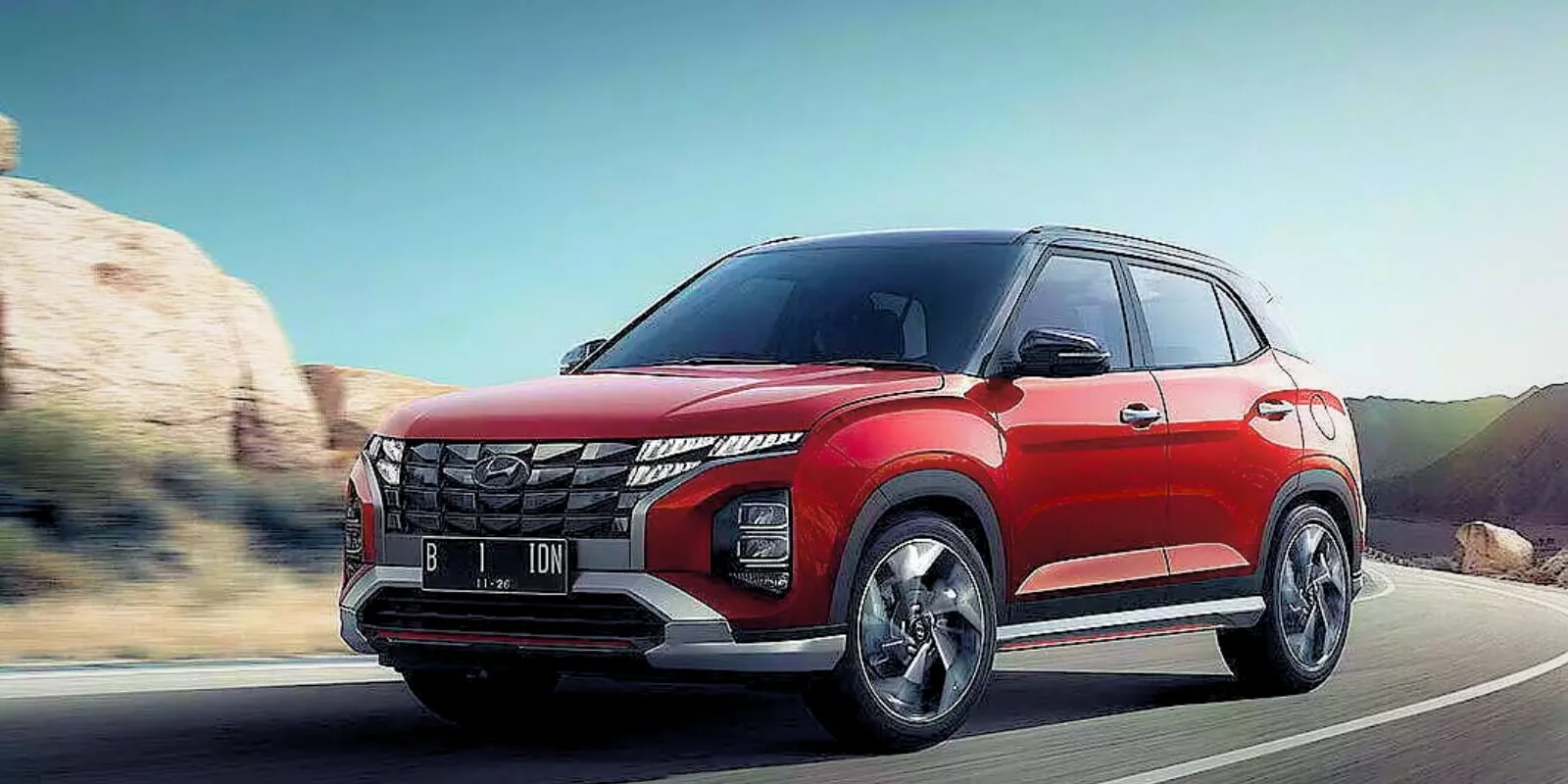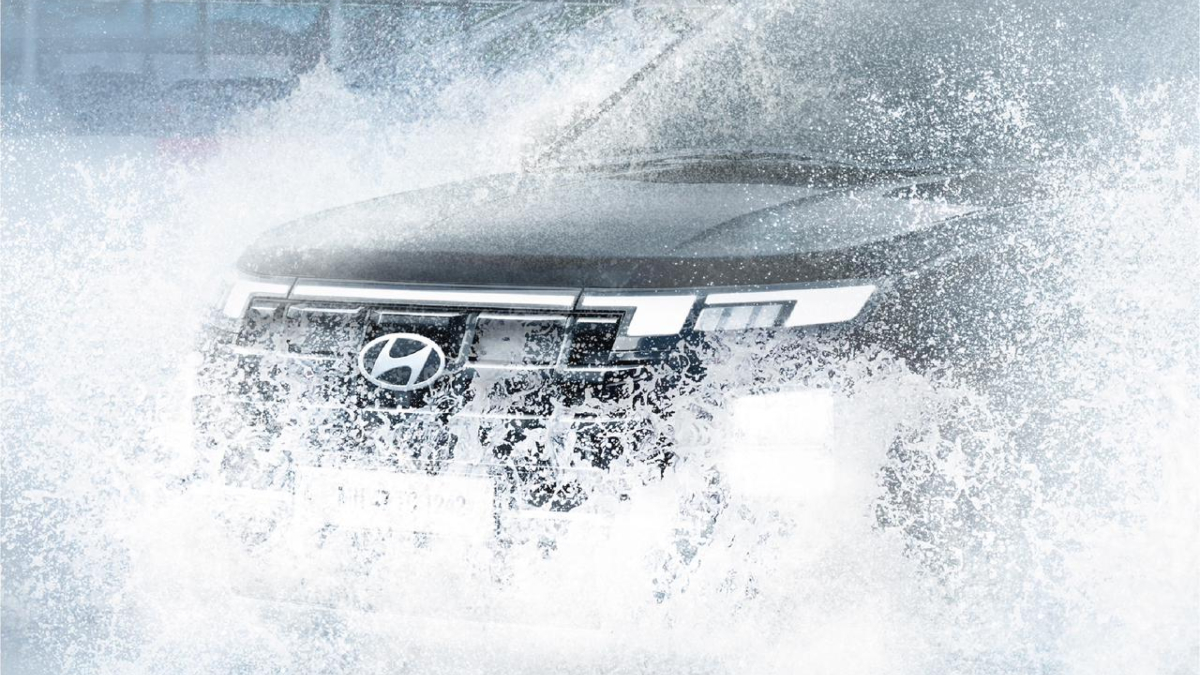Delhi's new hit-and-run law could be crucial in tackling the high rate of deaths on roads involving unknown vehicles. Experts are uncertain about the efficiency of implementing this law and highlight the dangers of enacting legislation without a basis for use. However, the law is expected to bring about a qualitative shift in the field of road safety by increasing responsibility for the safety of drivers and ensuring that the errant driver does not leave victims on the road. It also emphasizes the importance of obtaining proper licensing, training, and reporting incidents.
With nearly half of the city's traffic deaths involving vehicles that are never tracked, a new hit-and-run law could be crucial in tackling the threat in the capital. However, experts remain unsure how efficiently the law will be enforced, even as they acknowledge that strict legislation is indeed the way forward.
According to police data, in 2022, 47% of road deaths in Delhi were caused by unknown vehicles. Followed by cars or taxis (14%) and heavy transport vehicles (12%). In 2022, unidentified vehicles killed 668 people and injured about 1,104 others. Figures for 2023, which are not yet published, are believed to be at these same levels.
Police noted that it may be difficult to identify vehicles when the license plate is defective or smudged. Witnesses to traffic accidents are also reluctant to provide information to the police. However, data indicate that most of these incidents occur at night when eyewitnesses are scarce. The lack of surveillance cameras on the roads only exacerbates the problem for investigators.

The high hit-and-run rate in traffic accidents indicates under-reporting of at-fault vehicles as well as public apathy, as well as the need for better law enforcement and strong traffic police visibility. Dr. Rohit Baluja, President of the Road Traffic Education Institute, regretted that despite efforts to reduce hit-and-run deaths, the number of victims has not decreased.
“The first and primary hypothesis when investigating an accident is to recover the remaining parts of the vehicles, and the paint may be a vital piece of evidence,” says Baloja. “However, the police relied heavily on CCTV and forensic science was not used as much as it should have been.” He also stated that “after a preliminary investigation, the police charged the driver usually the heavier vehicle involved, for the accident”.
What needs to be done to curb the rise in hit-and-run cases is to analyze the accident from a three-dimensional perspective, using not only the provisions of the Indian Penal Code but also the Motor Vehicles Act, Baluja said. He said there are provisions in the MV Act relating to hit-and-run cases, but police rarely cite them.
Under the Bharatiya Nyay Sanhita scheme, which will replace the IPC, drivers who flee the scene of an accident can face up to 10 years in prison and a fine of Rs 7 lakh. Baluja said law enforcement is a problem. "Enacting legislation without a basis for use is dangerous. It is like giving ammunition to someone who can use it however he wants," he said. “Think about the workforce in Delhi. There are about 80,000 police officers and about 5,000 in the traffic department. Then think about the number of vehicles and the area you have to cover. It is impossible to control traffic and ensure action against all lawbreakers.”
However, Prince Singhal, a road safety expert and founder of Society Against Drunk Driving, believes that the new law would bring about a paradigm shift. “As someone who has been working in the field of improving road safety for more than two decades, I can say that the new law impacts road safety concerns in different ways,” Singhal said. “It increases responsibility for driver safety. The law will ensure that the private sector mostly employs suitably trained and properly licensed drivers, and will also invest in refresher courses and health checks for drivers. Most importantly, “the law will ensure that victims are not put at risk.”
Also Read: Hyundai opens bookings for new Creta at INR 25,000








_1766129034.webp)

 Positioning Affordable 7-seat_1766042570.webp)